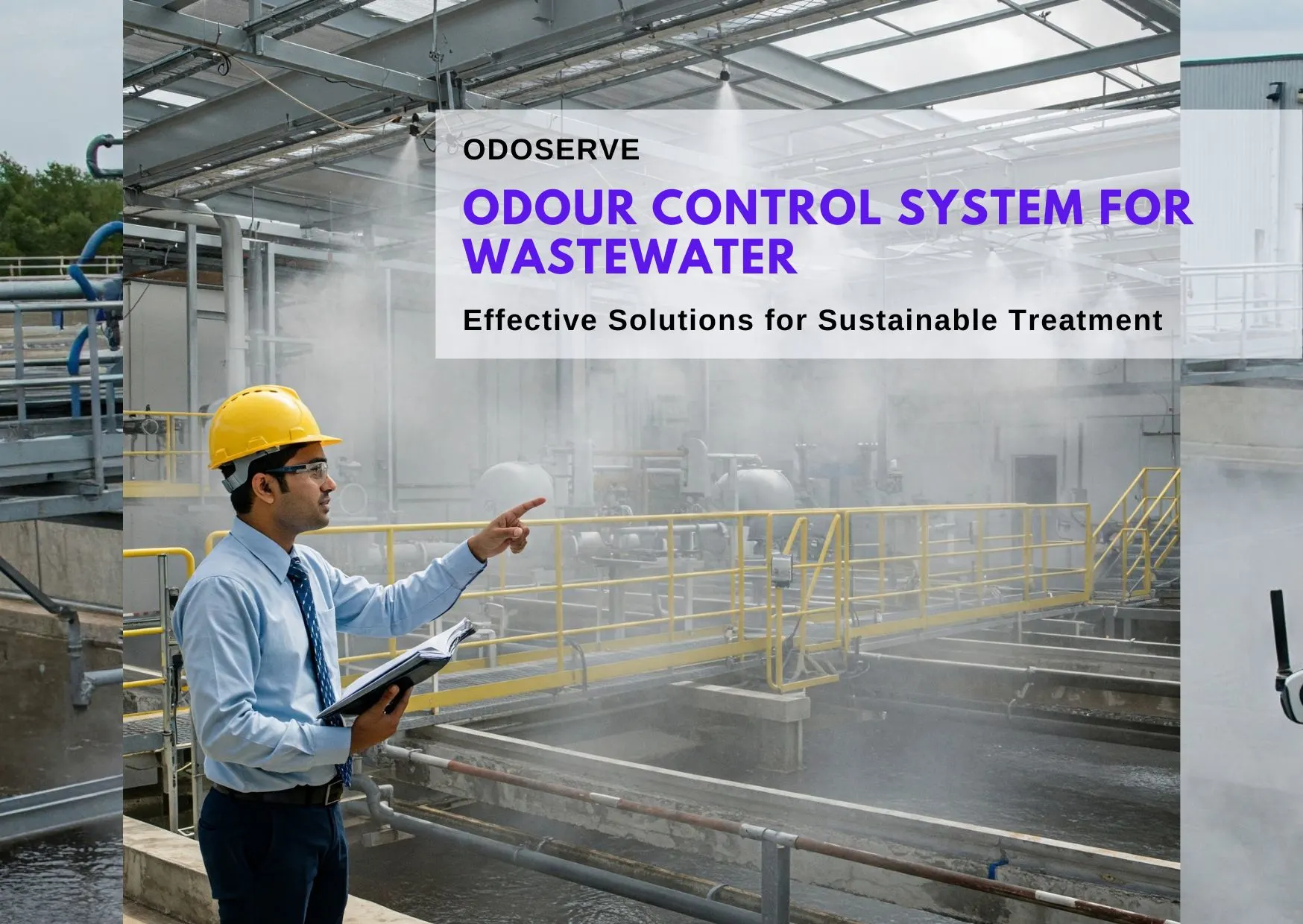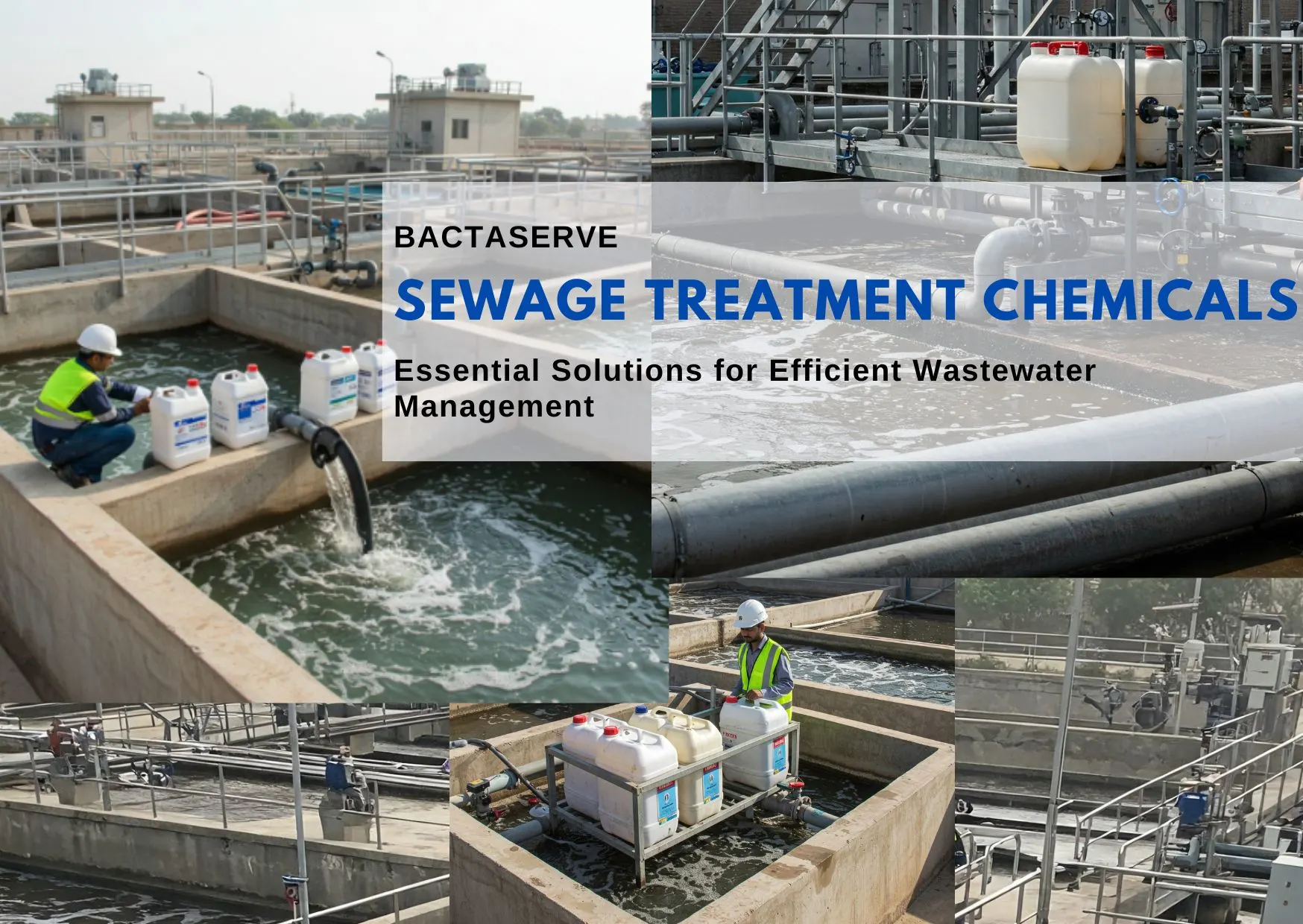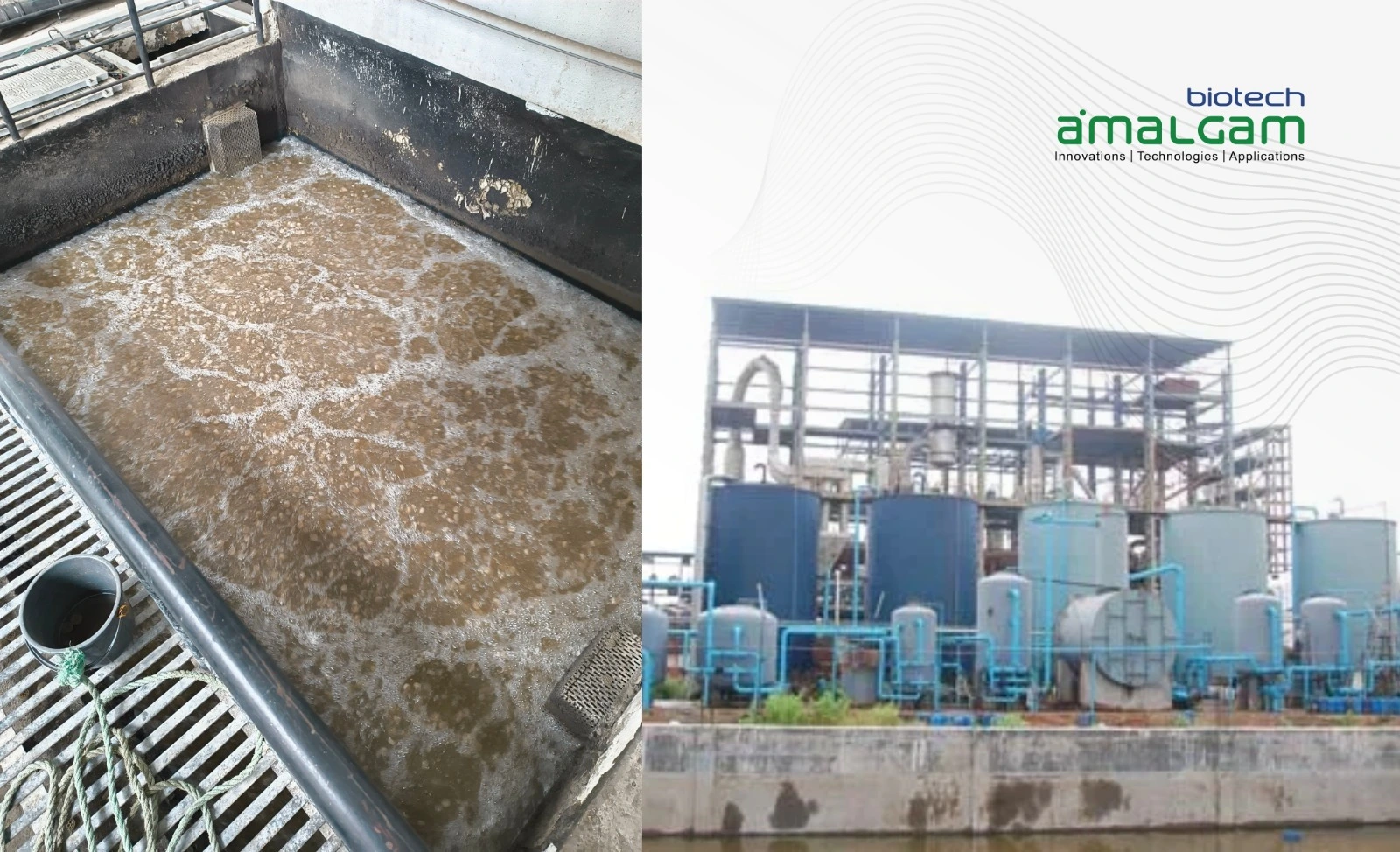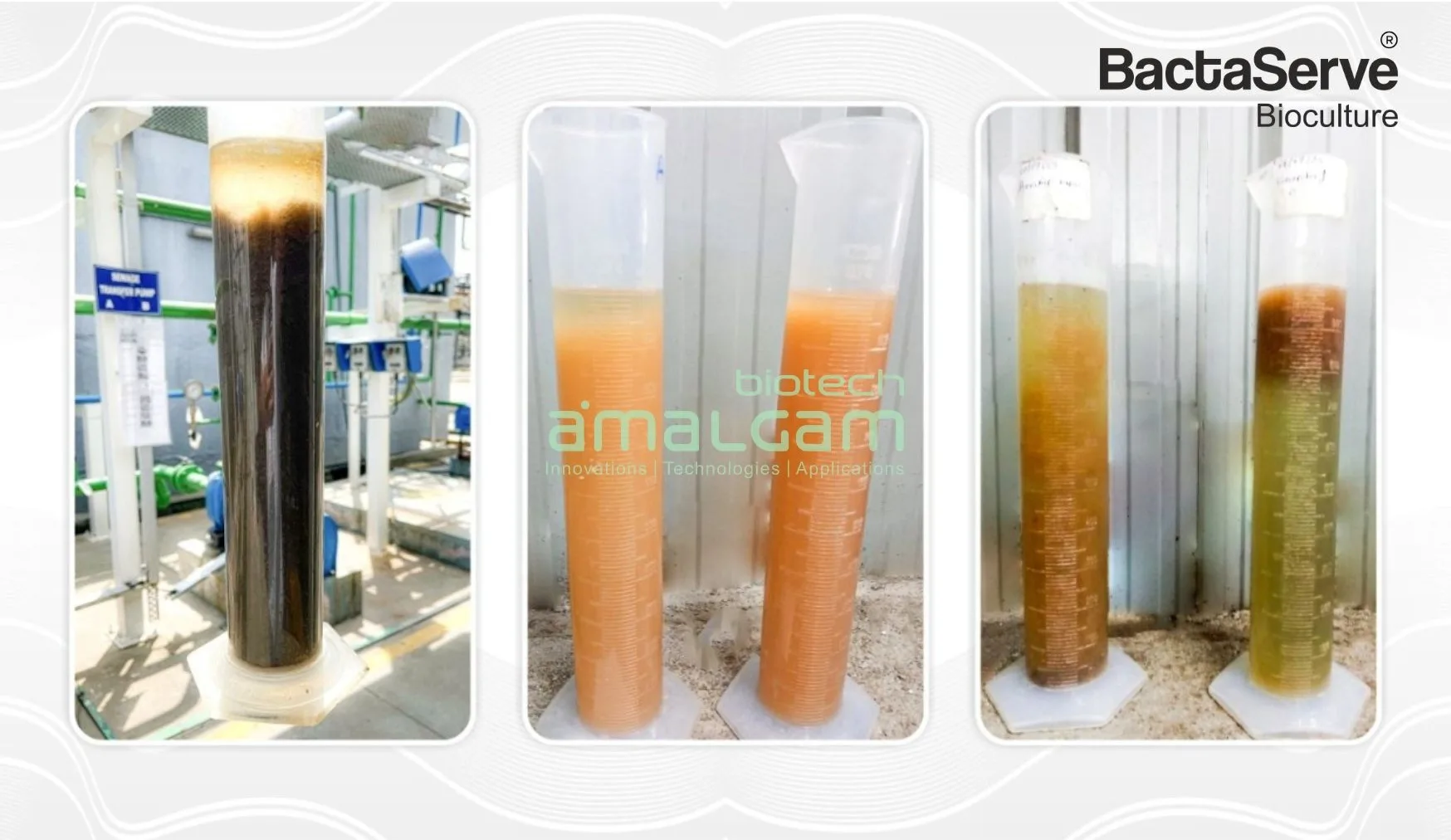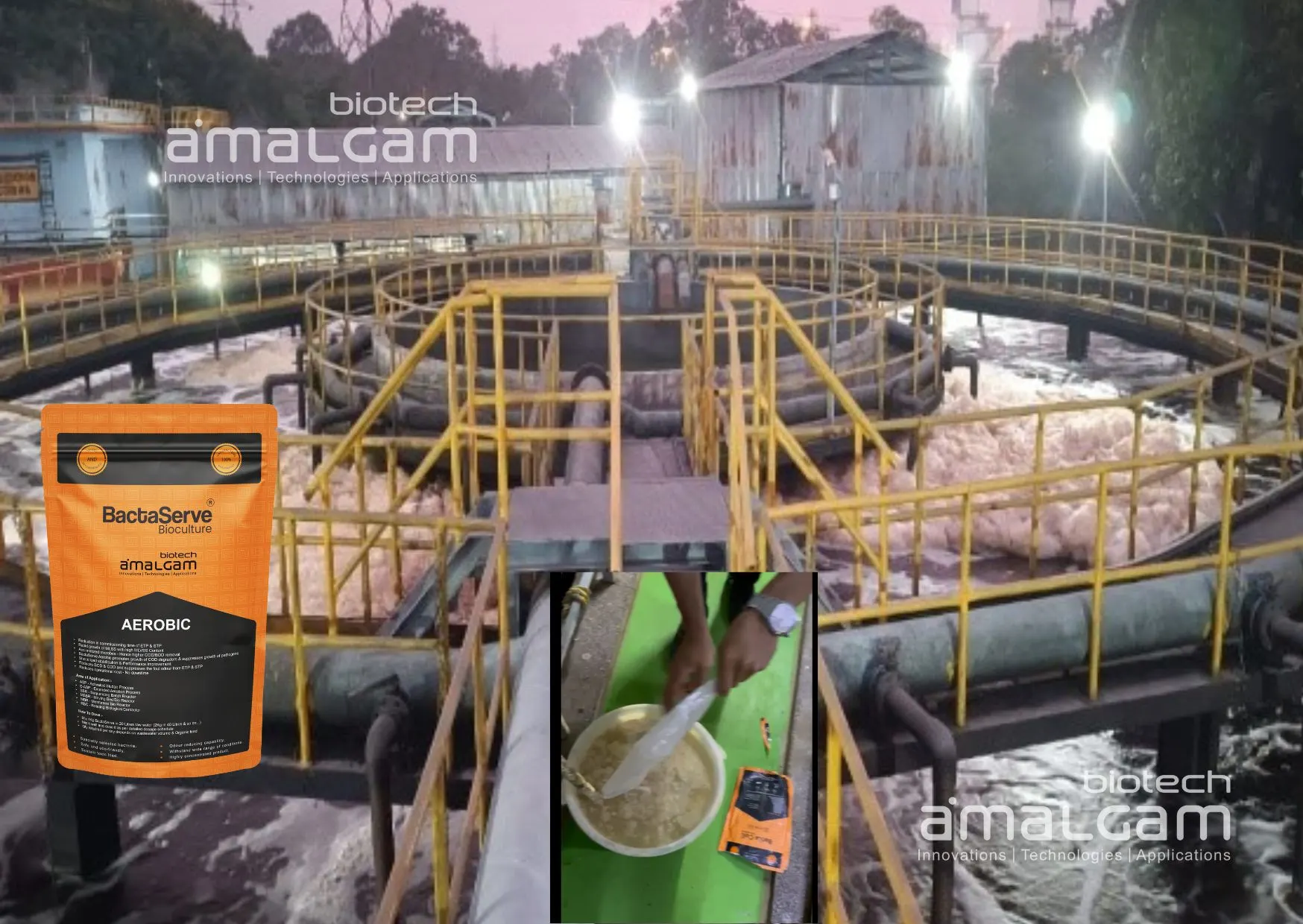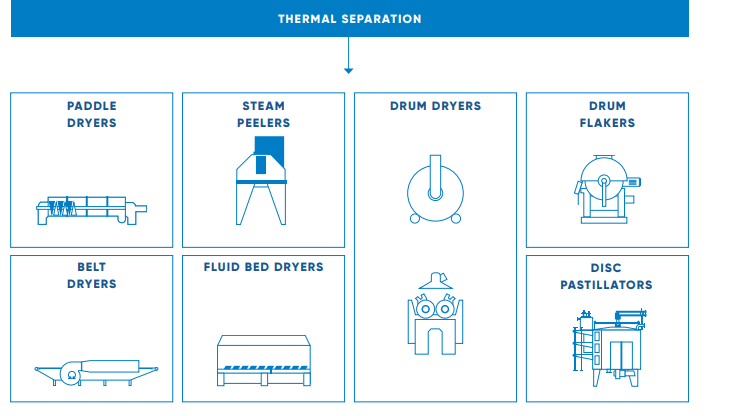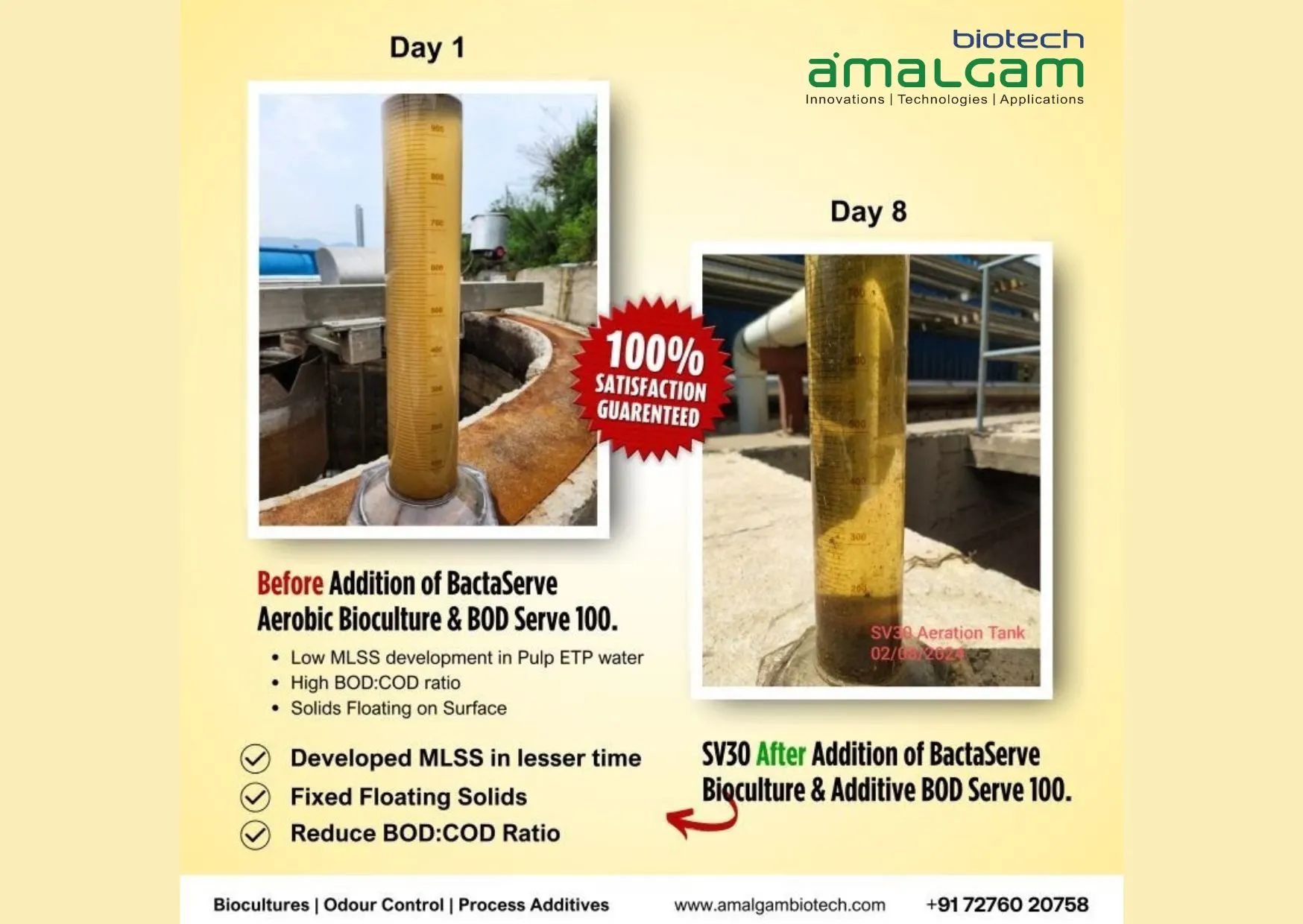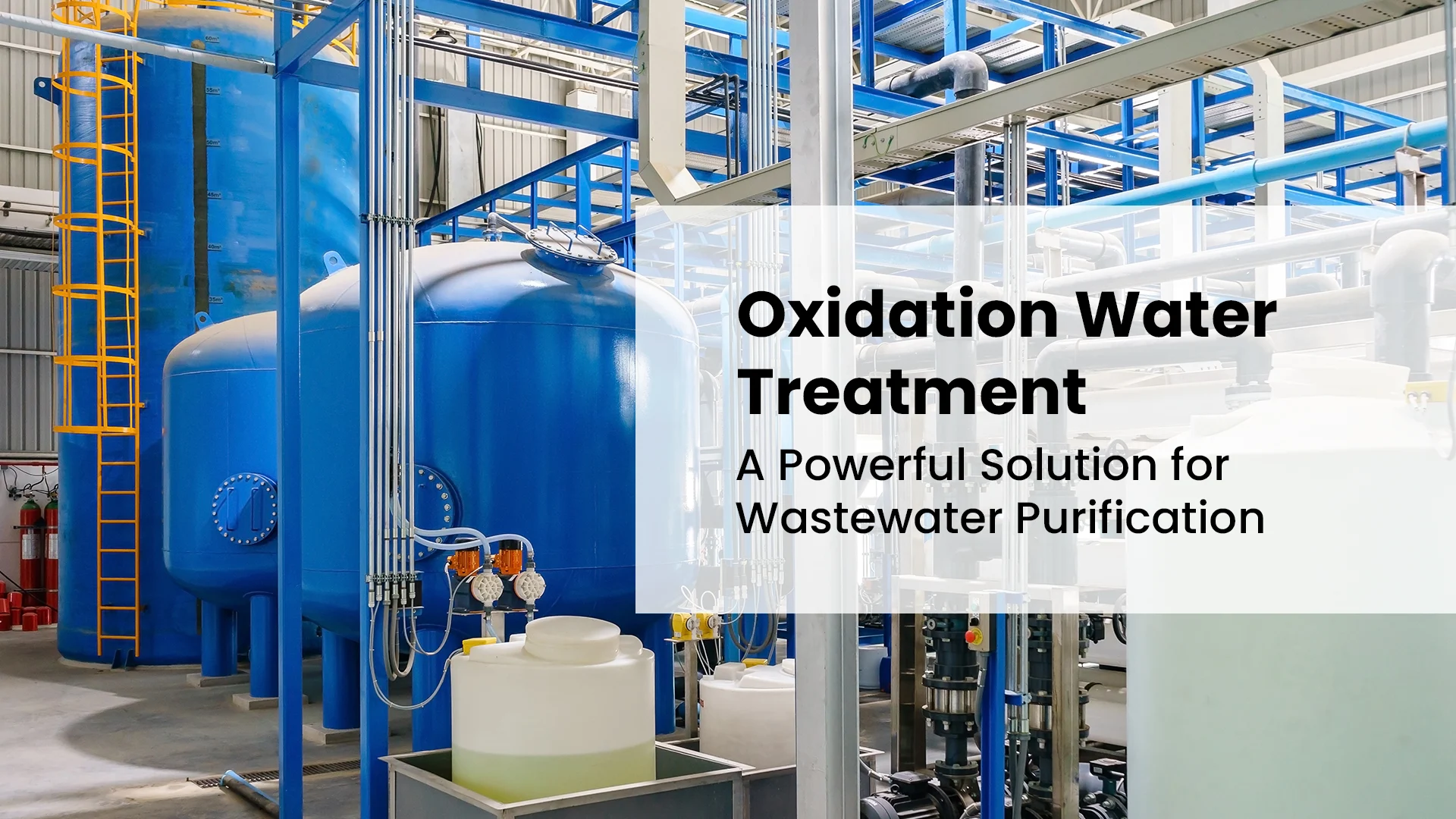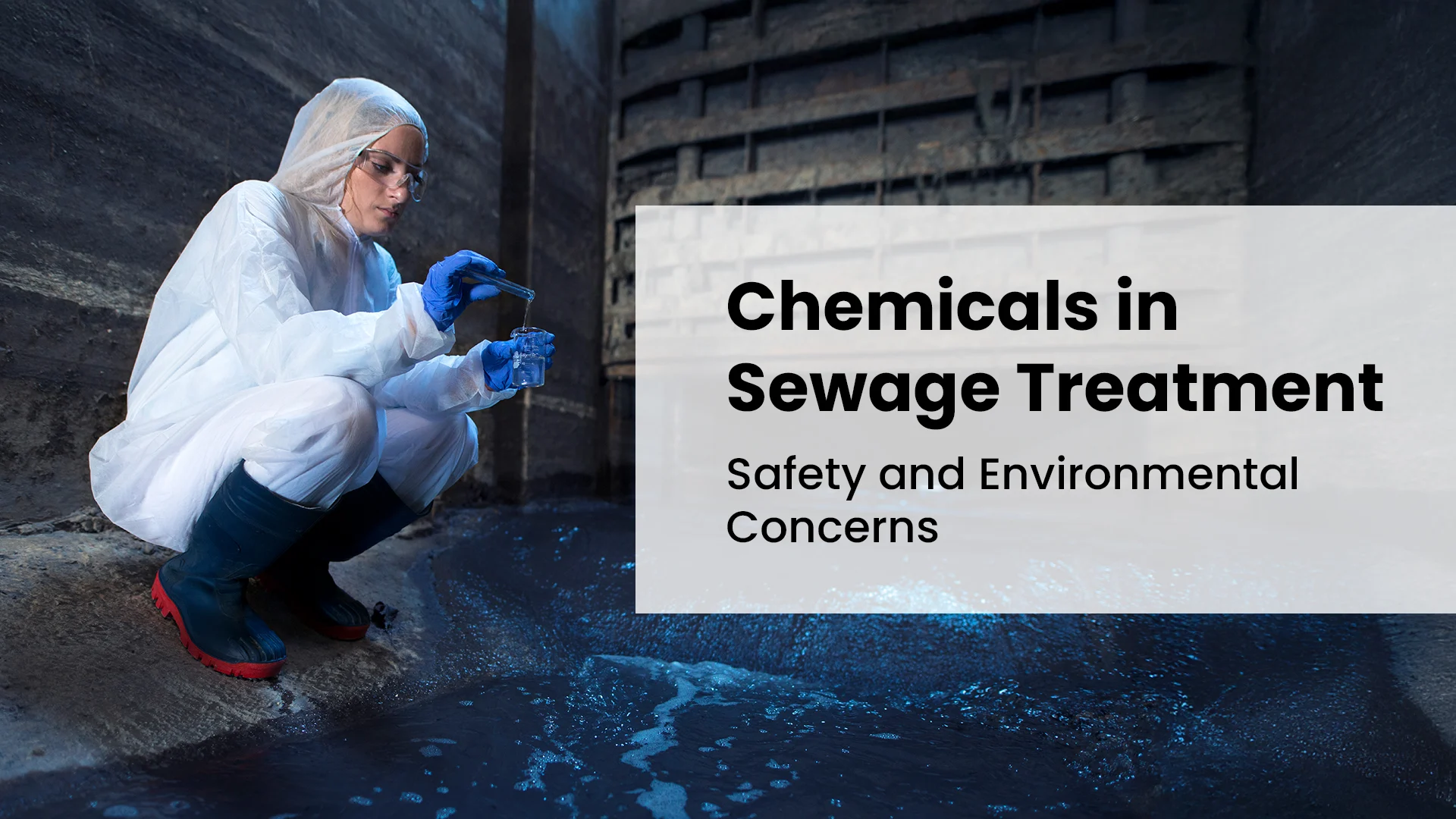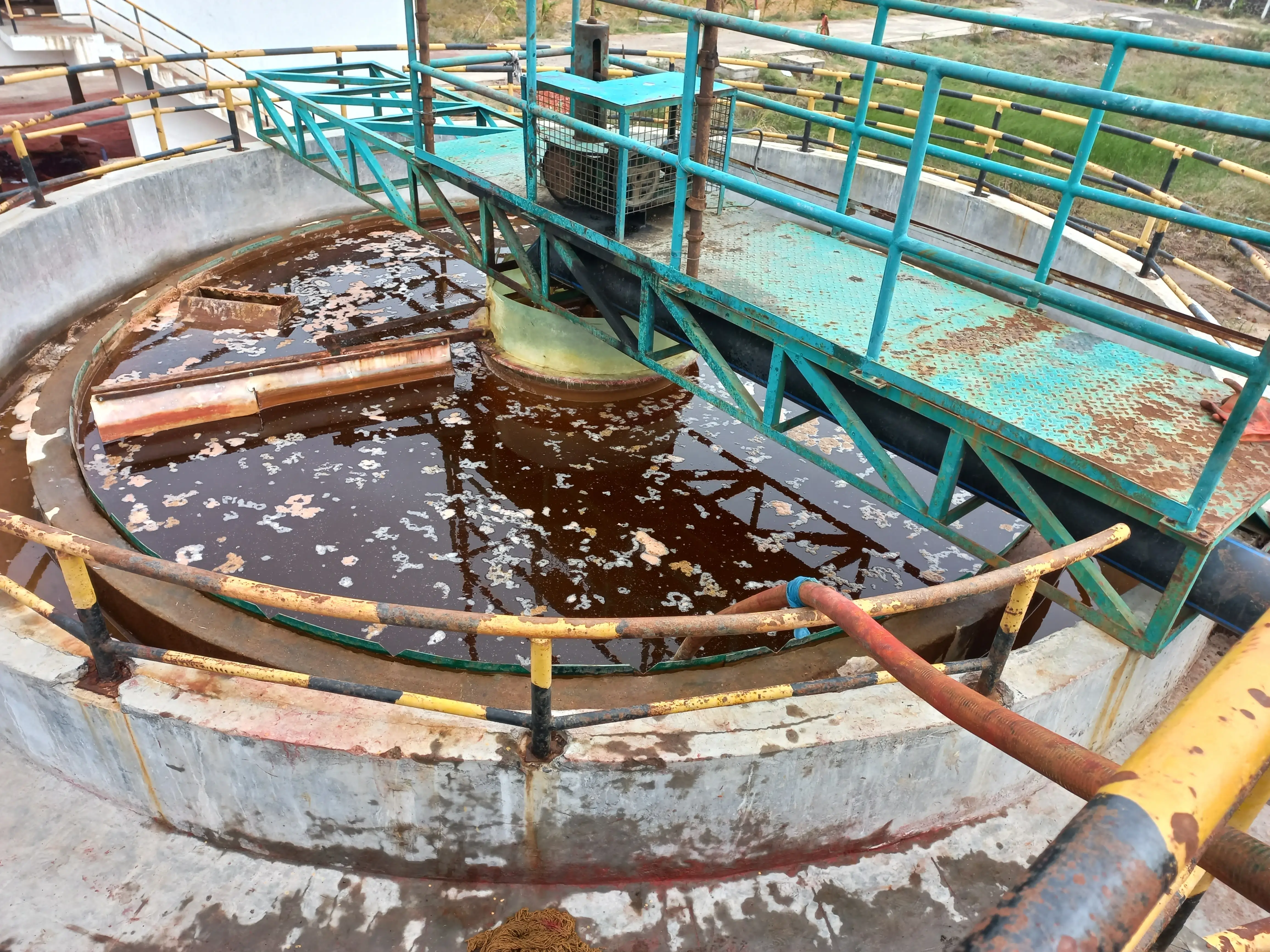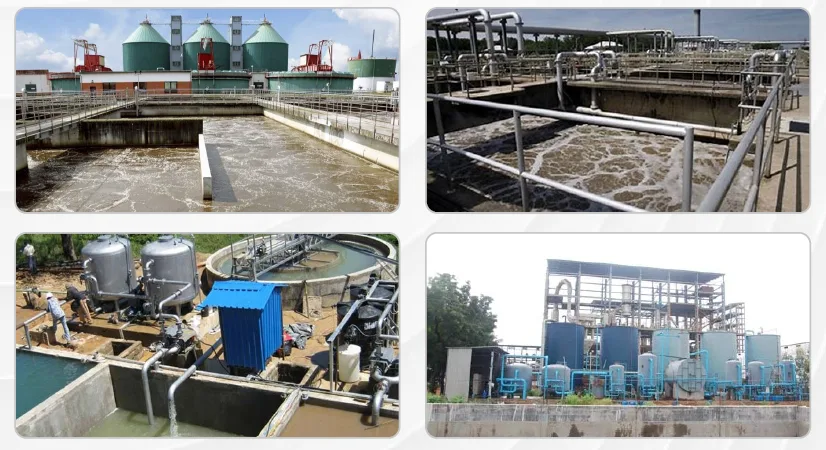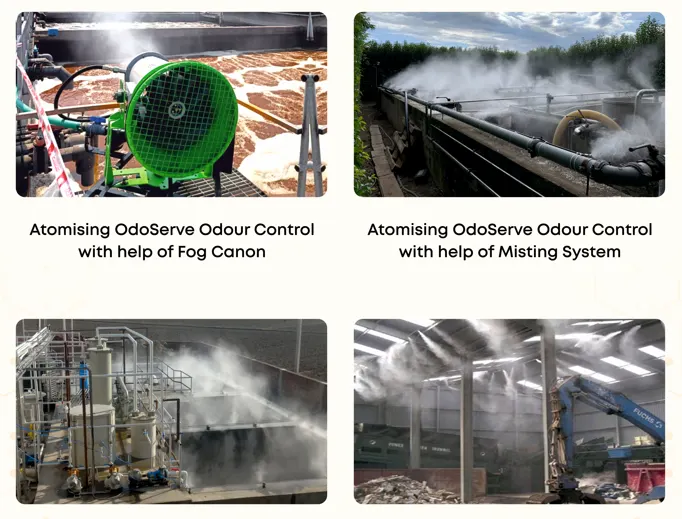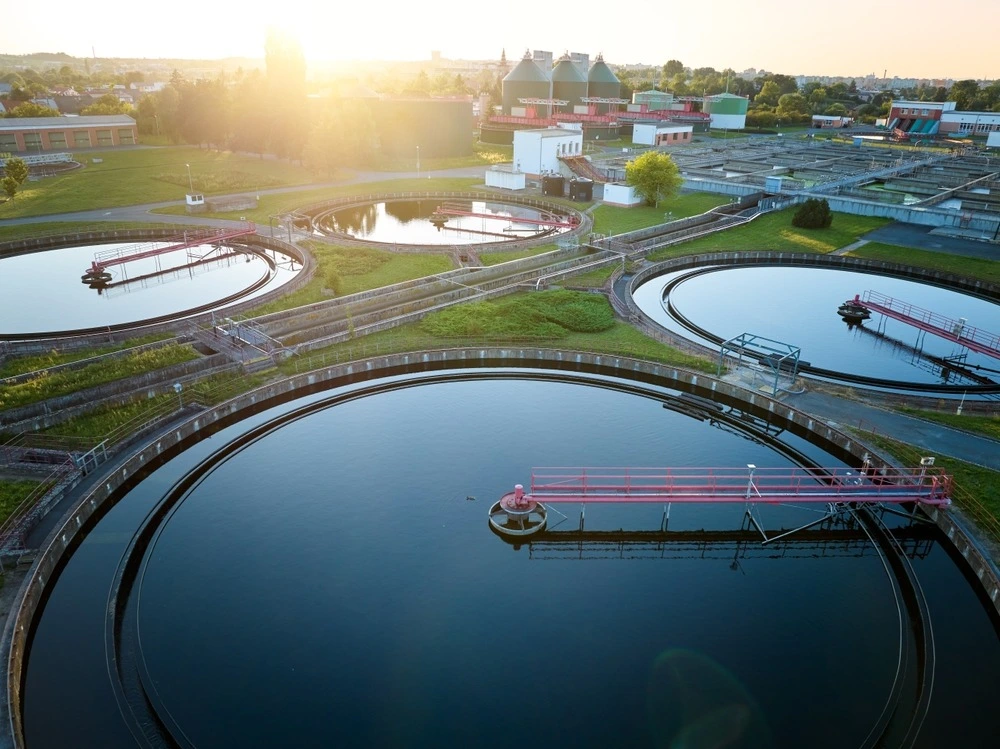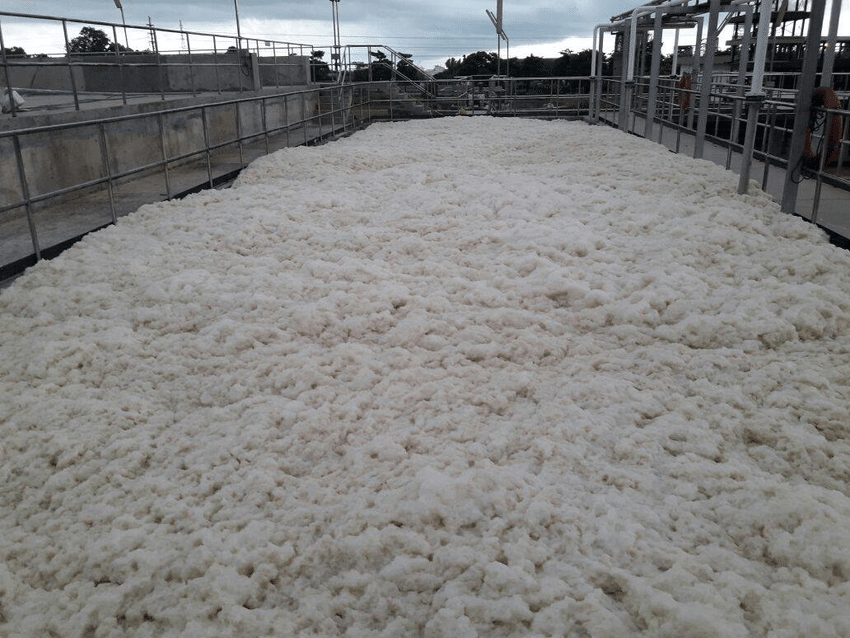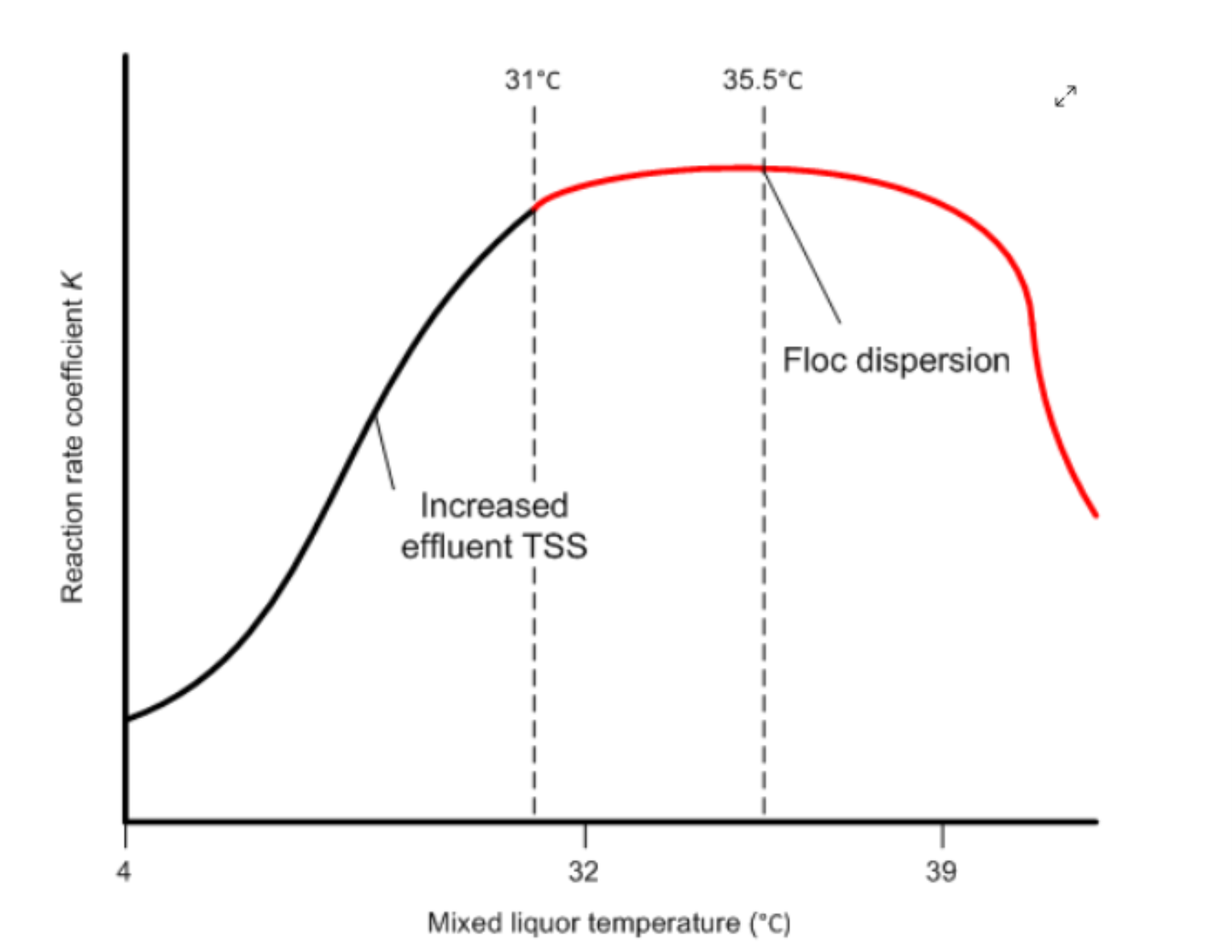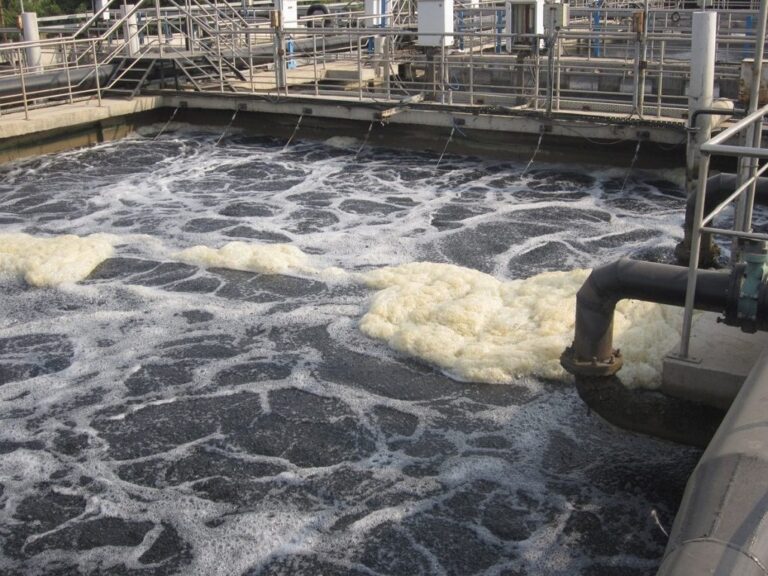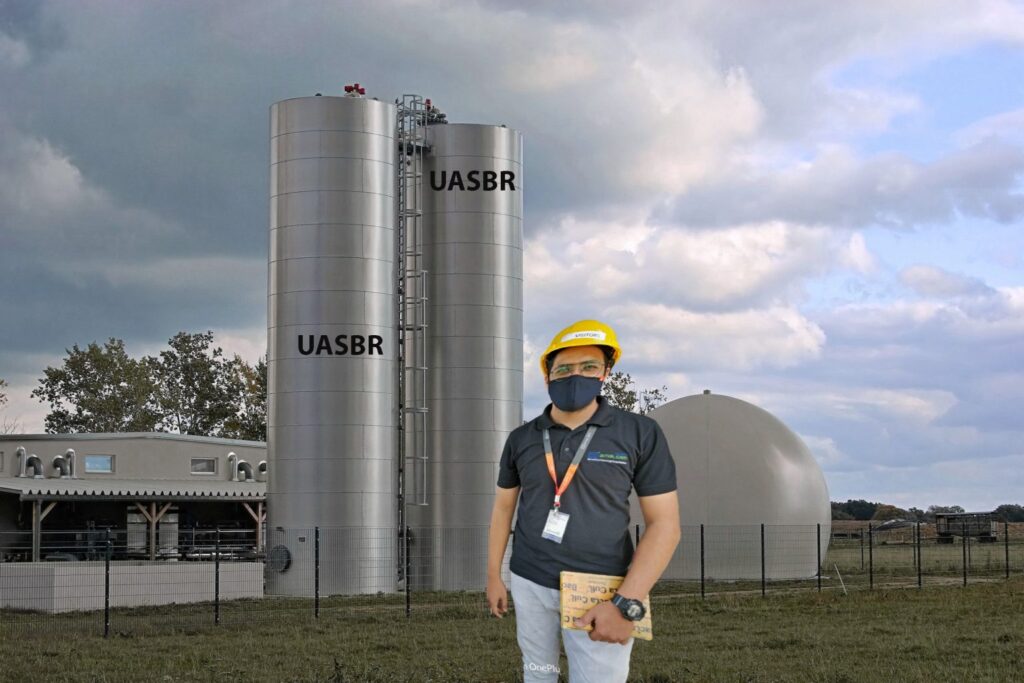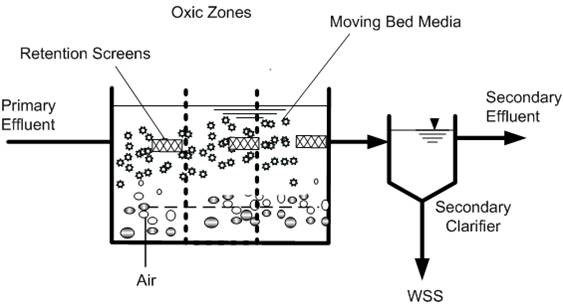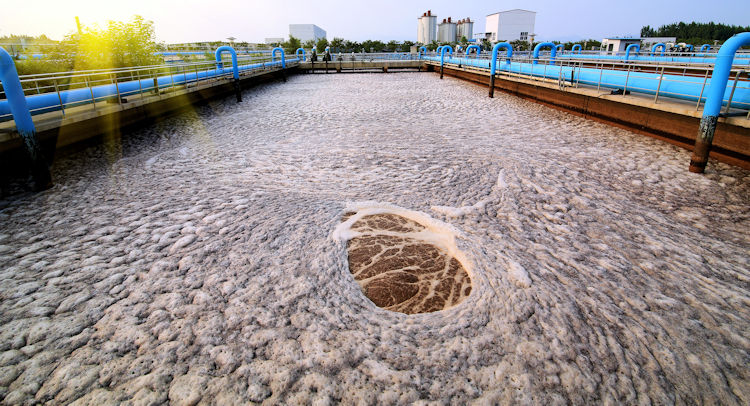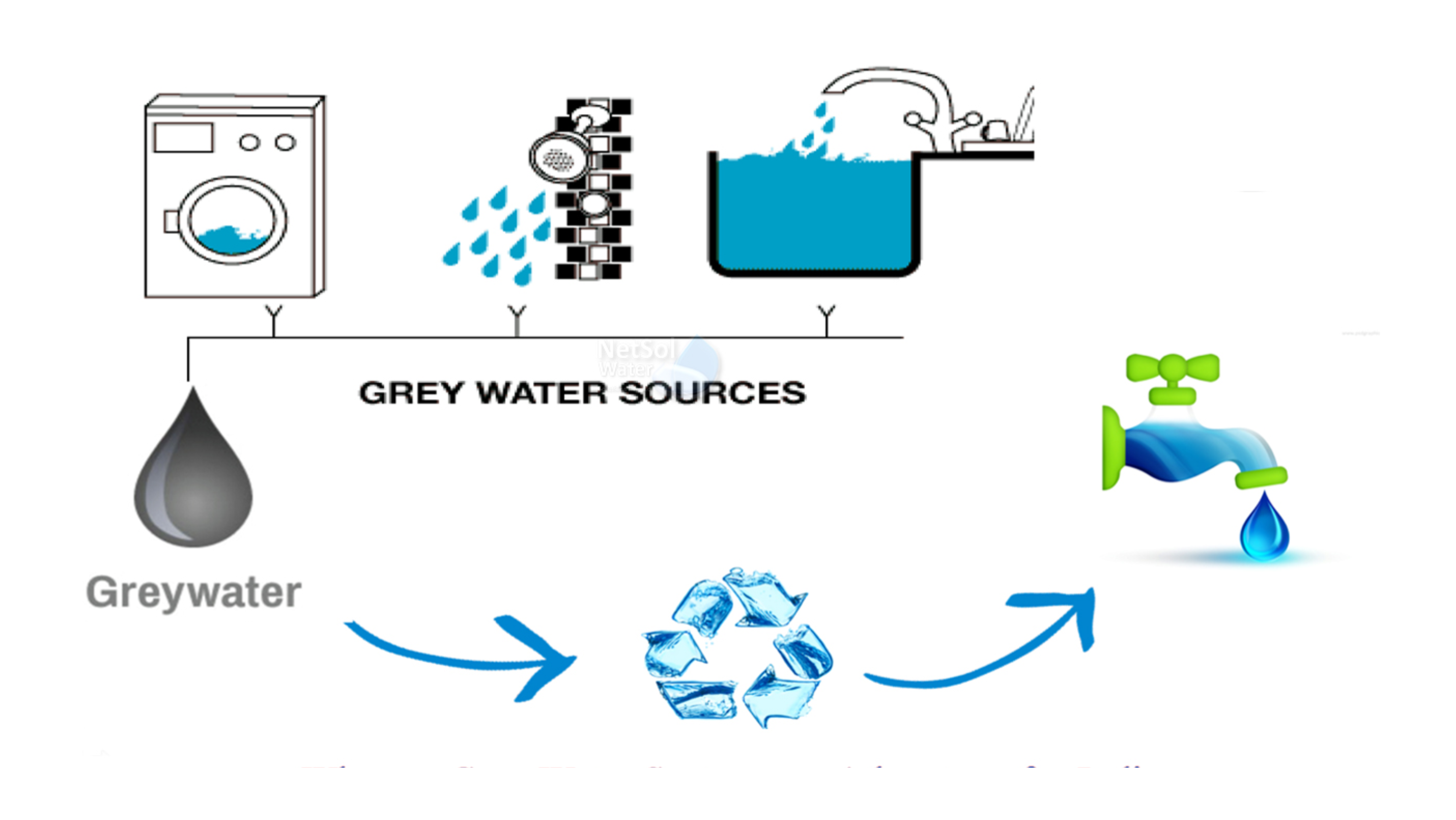Wastewater treatment plays a vital role in maintaining environmental safety and public health. However, one of the biggest challenges faced by industries and municipalities is the foul odor generated during the treatment process. These unpleasant smells can pose health risks, degrade air quality, and create discomfort for workers and nearby residents. Implementing an efficient odour control unit is essential for minimizing the impact of these odorous emissions and ensuring compliance with environmental regulations.
Causes of Wastewater Odors
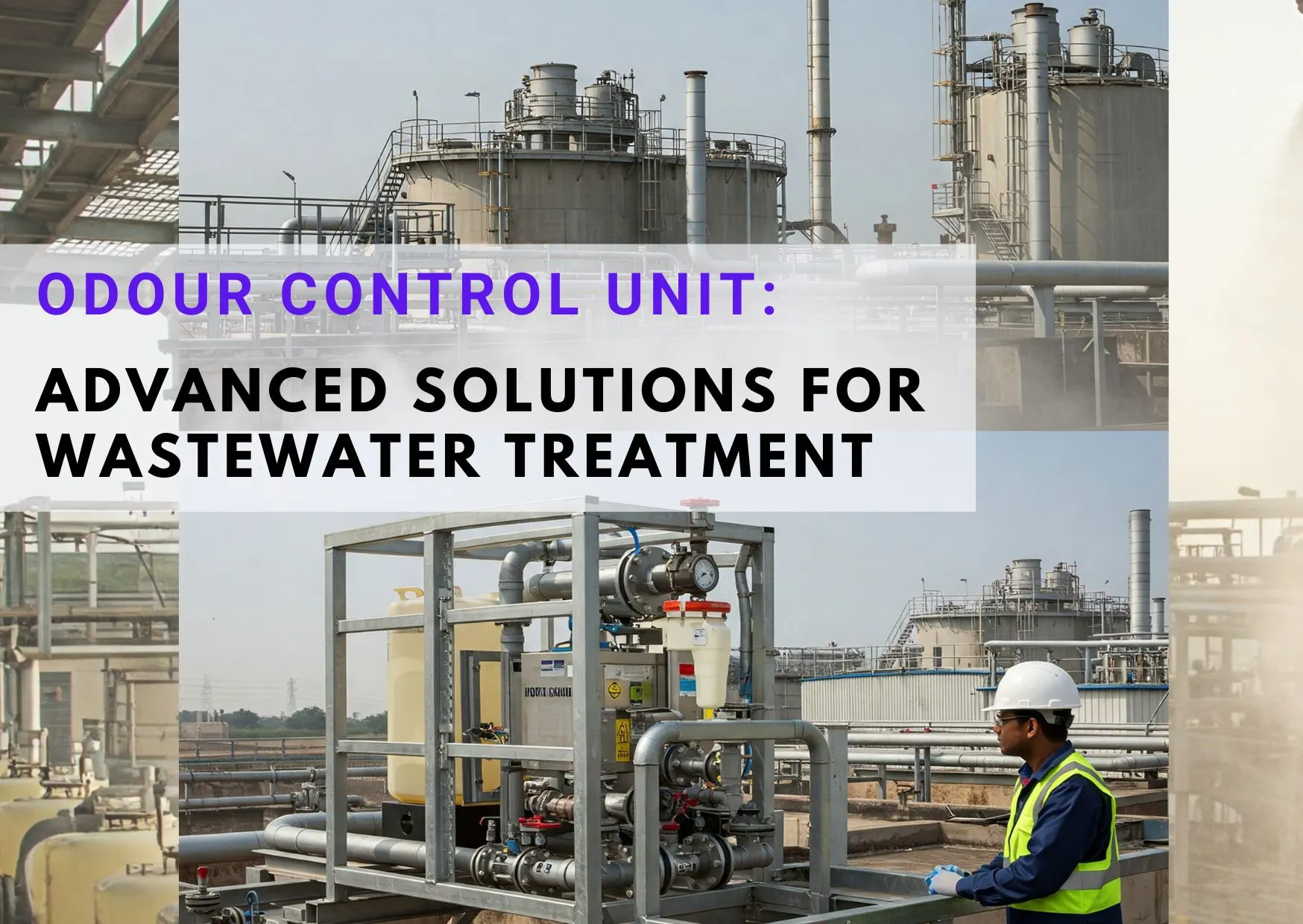
The odor in wastewater treatment plants arises due to the breakdown of organic materials under anaerobic conditions. The major contributors include:
- Hydrogen Sulfide (H₂S): A toxic gas with a strong rotten egg smell, produced by the decay of organic matter in the absence of oxygen.
- Ammonia (NH₃): A pungent gas formed from the decomposition of nitrogen-containing compounds.
- Volatile Organic Compounds (VOCs): Industrial discharge and organic decay release various odorous compounds into wastewater streams.
- Mercaptans: These sulfur-based compounds produce strong, unpleasant odors and are commonly found in wastewater from food processing and industrial operations.
Importance of an Odour Control Unit
A well-designed odour control unit is essential to eliminate or neutralize foul smells in wastewater treatment facilities. These units provide several key benefits:
- Improved Air Quality: Effective odor control enhances the environment for workers and surrounding communities.
- Regulatory Compliance: Many environmental agencies impose strict regulations on odor emissions; compliance helps avoid penalties.
- Health and Safety: Toxic gases such as hydrogen sulfide can cause respiratory issues and other health concerns.
- Community Relations: Addressing odor concerns prevents complaints and improves the facility's reputation within the local community.
Technologies in Odor Control Solutions
Various technologies are employed to eliminate or reduce odors in wastewater treatment plants. Some of the most effective odor control solutions include:
1. Chemical Scrubbing
Chemical scrubbers neutralize odor-causing gases through a process of chemical absorption. Common chemicals used include sodium hydroxide, hydrogen peroxide, and chlorine-based compounds.
2. Activated Carbon Filtration
Activated carbon is highly effective in adsorbing and removing volatile organic compounds and hydrogen sulfide from the air. These filters trap odor molecules, preventing their release.
3. Biofiltration Systems
Biofilters use microorganisms to degrade odorous compounds naturally. These biological systems provide an eco-friendly, cost-effective solution for long-term odor control.
4. Encapsulation and Neutralization
Odor-neutralizing agents work by chemically altering the structure of odor molecules, rendering them non-odorous. Encapsulation technologies trap odor particles, preventing them from dispersing into the air.
5. Advanced Oxidation Processes (AOPs)
AOPs utilize oxidizing agents such as ozone, hydrogen peroxide, and UV light to break down and neutralize odorous compounds at the molecular level.
Selecting the Right Odour Control Unit
Choosing the right odour control unit depends on various factors, including the source and intensity of the odor, the size of the treatment facility, and environmental considerations. Important factors to evaluate include:
- Type of Odor Source: Identifying whether the primary issue is hydrogen sulfide, ammonia, or VOCs helps determine the appropriate treatment method.
- Facility Design and Infrastructure: The chosen system should integrate seamlessly with existing wastewater treatment processes.
- Environmental Impact: Selecting sustainable, low-impact odor control solutions reduces harm to the environment.
- Cost-Effectiveness and Maintenance: A balance between operational costs, efficiency, and long-term sustainability ensures optimal performance.
Innovations in Odor Control Solutions
The field of odor control solutions continues to evolve, with new technologies improving efficiency and sustainability. Some of the latest innovations include:
- AI-Driven Monitoring Systems: Smart sensors detect odor levels in real time, allowing facilities to adjust control measures proactively.
- Enhanced Biological Treatment: Advanced microbial solutions accelerate the breakdown of odorous compounds naturally.
- Eco-Friendly Chemical Formulations: New, biodegradable odor-neutralizing chemicals provide effective control while minimizing environmental impact.
Conclusion
An effective odour control unit is crucial for maintaining odor-free, compliant, and efficient wastewater treatment operations. By implementing cutting-edge odor control solutions, industries and municipalities can enhance air quality, protect infrastructure, and maintain positive community relations. As advancements in technology continue to shape the industry, modern solutions offer more effective, sustainable, and cost-efficient approaches to managing wastewater odors.

